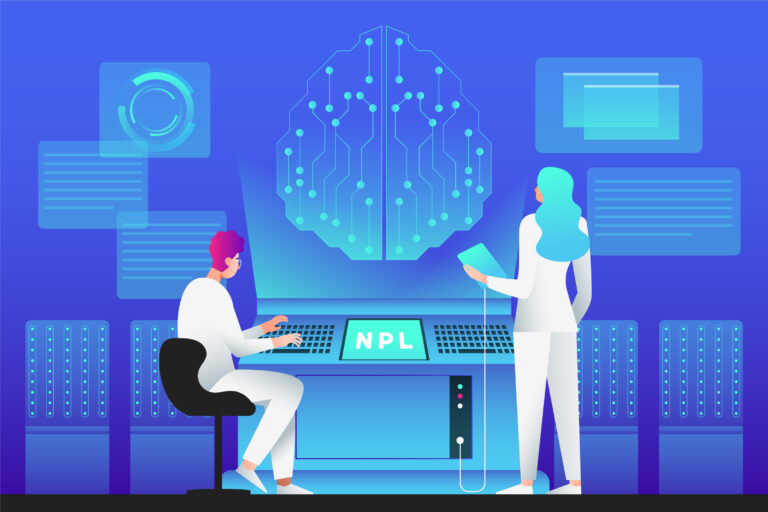AI for access to services: A powerful tool for a more inclusive future
Artificial intelligence (AI) is rapidly transforming many industries and aspects of our lives. But did you know that AI can also play a vital role in improving access to services for everyone?

Access to services is the ability to use or obtain services that are essential for a good quality of life. This includes things like healthcare, education, transportation, and financial services. Unfortunately, many people around the world lack access to basic services, either because they are too expensive, too difficult to reach, or they are not available in their area.
AI can be used to improve access to services in a number of ways. For example, AI can be used to:
- Make services more affordable and accessible. AI can be used to develop new ways to deliver services, such as through online platforms and mobile apps. This can make services more affordable and accessible for people who live in remote areas or who have difficulty traveling.
- Personalize services to meet individual needs. AI can be used to analyze data about individuals to identify their specific needs and preferences. This information can then be used to personalize services to meet those needs.
- Remove barriers to access. AI can be used to identify and remove barriers that prevent people from accessing services. For example, AI can be used to develop translation tools for people who speak multiple languages, or to develop assistive technologies for people with disabilities.

Here are a few specific examples of how AI is being used to improve access to services today:
For example, Google AI is developing a new app that uses AI to help people with visual impairments navigate their surroundings.
For example, Microsoft is using AI to develop new tools that help students learn at their own pace and provide personalized feedback.
For example, IBM is using AI to develop new tools that help doctors diagnose diseases more accurately and develop personalized treatment plans.
For example, the World Bank is using AI to develop new ways to provide loans to small businesses in developing countries.
These are just a few examples of how AI is being used to improve access to services. As AI technology continues to develop, we can expect to see even more innovative and effective ways to use AI to make services more accessible to everyone.
Conclusion
AI is a powerful tool that can be used to improve access to services in a number of ways. By making services more affordable and accessible, personalizing services to meet individual needs, and removing barriers to access, AI can help to create a more inclusive future for everyone.
It is important to note that AI is not a silver bullet for improving access to services. We still need to make significant changes to our social and economic systems in order to make services more affordable and accessible for everyone. However, AI can be a powerful tool to help us achieve these goals.
How you can use AI to improve access to services
There are a number of ways that you can use AI to improve access to services in your own community. For example:
- Develop an AI-powered platform to connect people with the services they need. This platform could use AI to match people with the right services based on their needs and preferences.
- Use AI to personalize services to meet individual needs. For example, you could use AI to develop personalized learning plans for students or to develop personalized treatment plans for patients.
- Use AI to remove barriers to access. For example, you could use AI to develop translation tools for people who speak multiple languages or to develop assistive technologies for people with disabilities.
If you are interested in using AI to improve access to services, there are a number of resources available to help you get started. For example, the World Economic Forum has a number of resources on using AI for social good. You can also find a number of AI-powered platforms and tools that can be used to improve access to services.
I encourage you to think about how you can use AI to make a positive impact on your community and help to create a more inclusive future for everyone.
